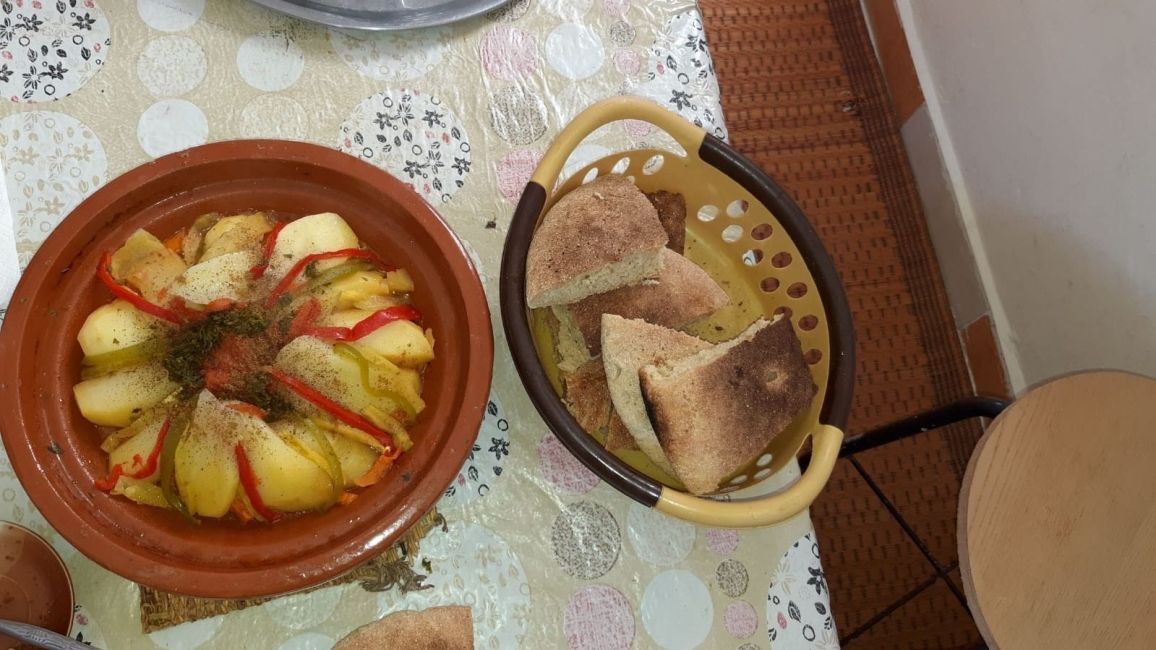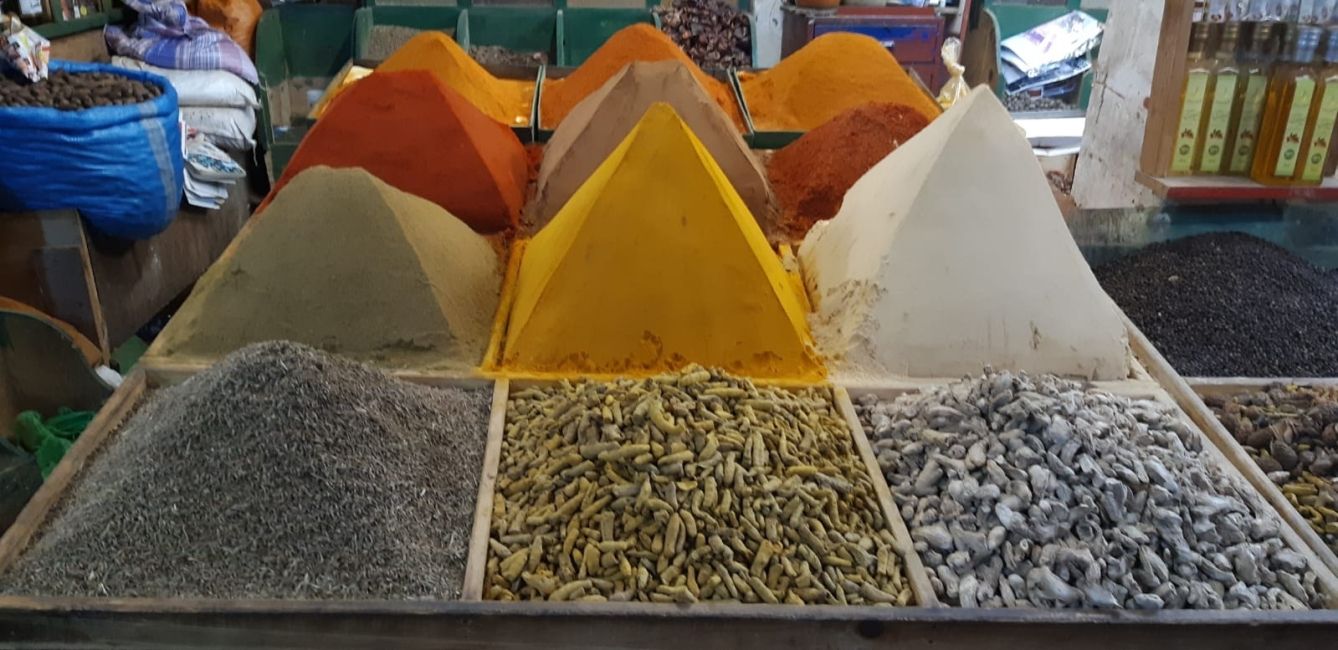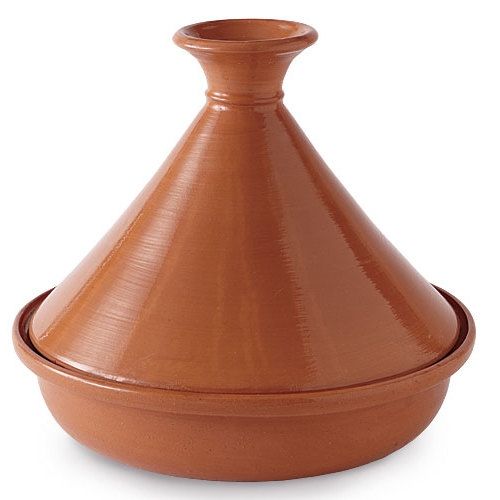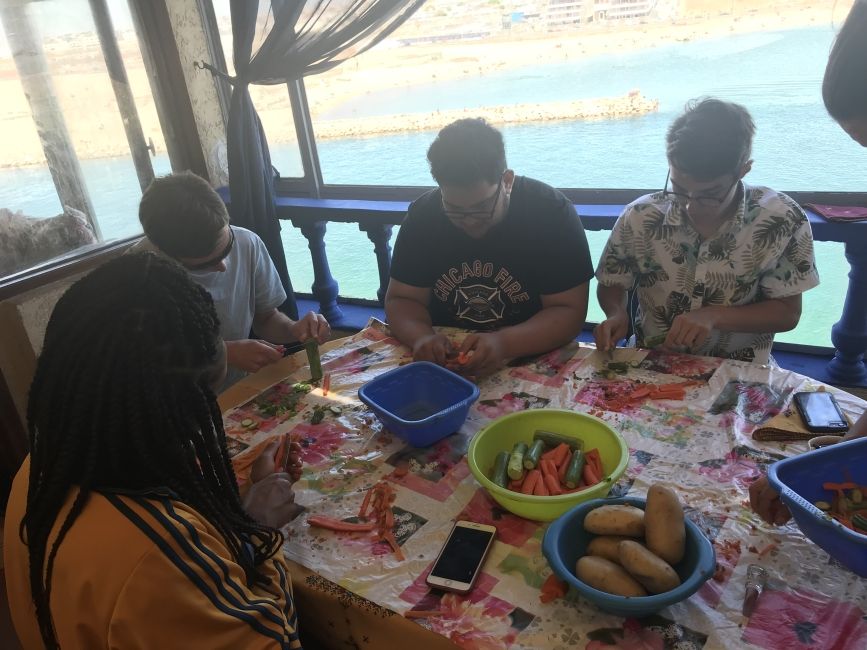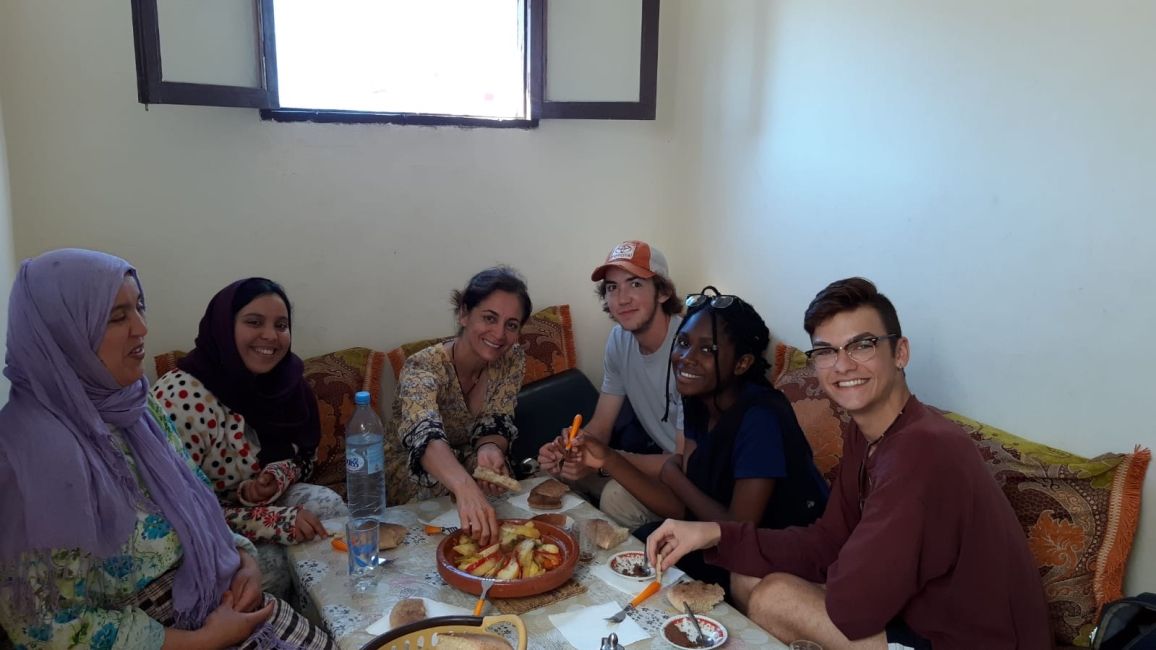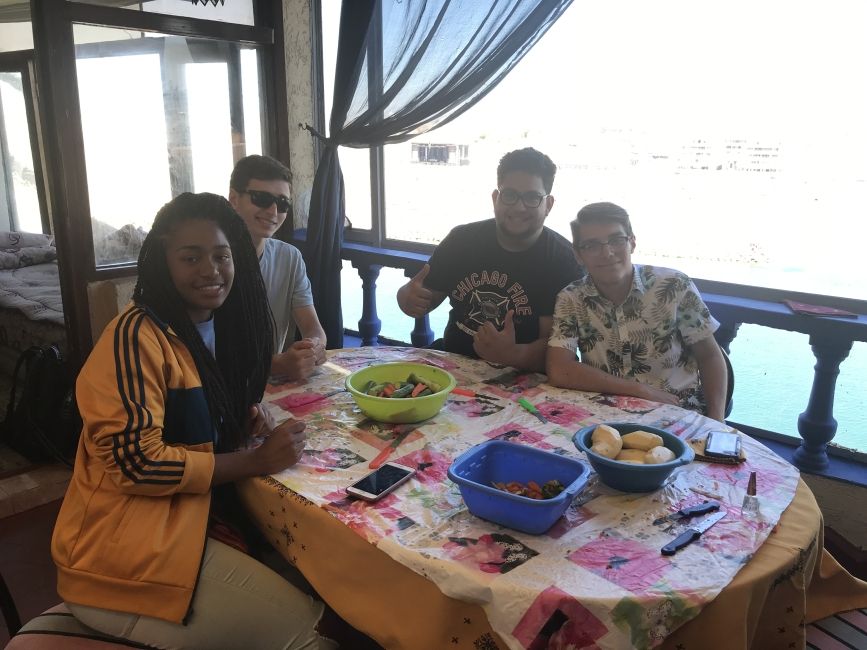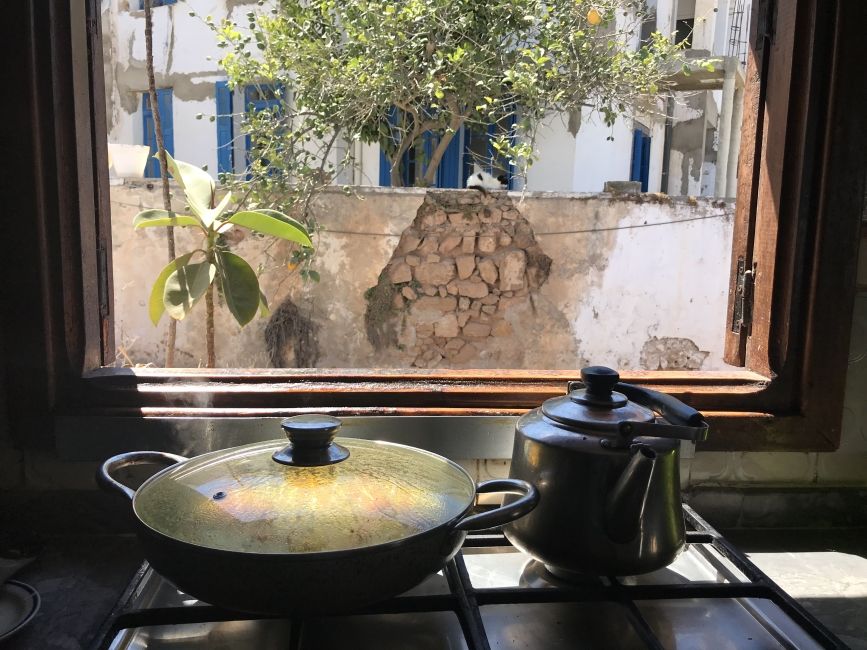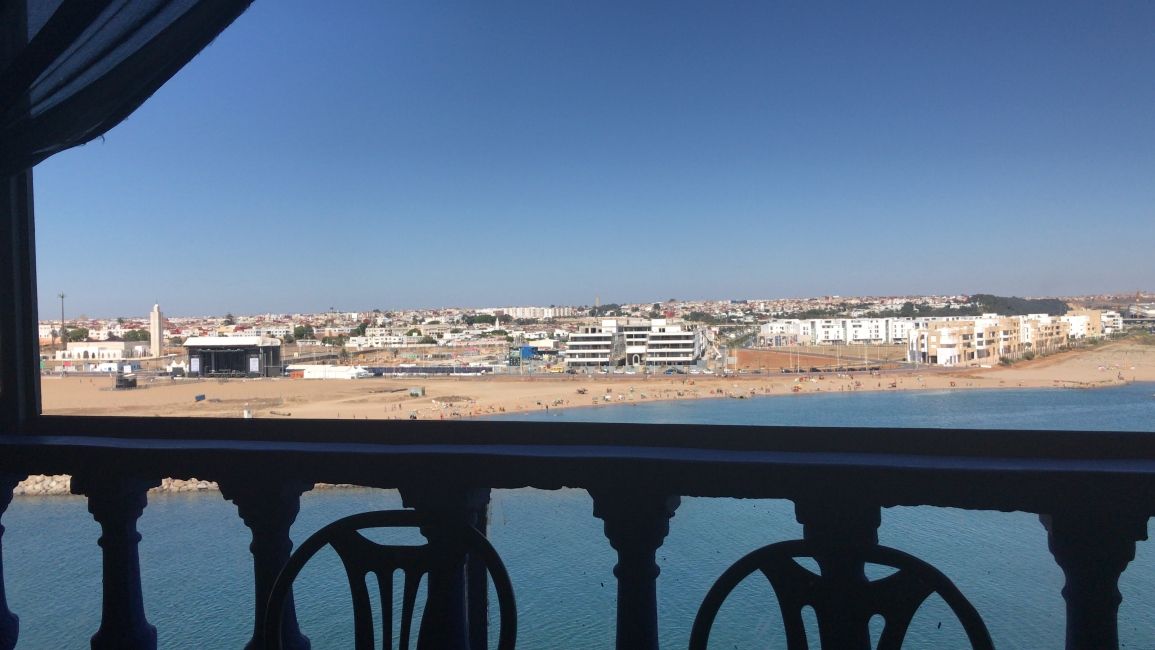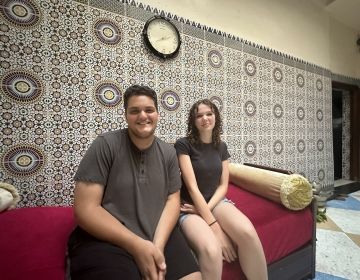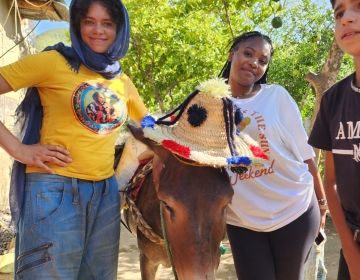Culinary Art f Maghreb: Tagine & more 2nd week
As usual, we have an exciting event to share with you, dear friends, families, and readers, and we mean really exciting! We learned how to cook Tagine!
Although it is common to say I had Tagine for lunch, Tagine actually is the name of the vessel by which the food is cooked. It could be used for cooking breakfast, lunch, or dinner. It is a cone-shaped pot made of ceramic or unglazed clay. The base is wide and shallow to hold the food, while the conical shape of the lid helps retain the steam back to the food. A Tagine for lunch could be made of vegetables, chicken, or meat. Our Tagine for the day is vegetarian.
Families who are participating in the program this year by hosting college students invited us home and showed us how to cook Tagine. Our day went like this: After finishing language lessons and into-the-community conversations, a family member kindly came to the CIEE center and took a small group of students home. Students with their host family members and a program leader or cultural peer took the Rabat tramway, that was opened in May 2011 (fun fact: the tramway is being expanded to include outskirts of Rabat). Once home, mothers and other family members were waiting to greet us with open arms and two (or three) kisses on the cheeks (ladies only); what a great opportunity we were given to further be familiarized with Moroccan traditional residential architecture and decor. Soon after arrival, the lesson started. Because once in Morocco you act like the Moroccans, students were not watching, but instead they got their hands dirty while preparing ingredients and cooking. Here came the try of vegetables: Bsla (onion), khizzu (carrots), matisha (tomato), red pepper, green pepper, zucchini, and lots of potatoes. Clean, peel, cut, and layer the vegetables. Families might have a different way of cutting and layering the vegetables but commonly potatoes are put on top of other vegetables. Oil and seasonings are added: salt, black pepper, skinjbir (ginger), paprika, and turmeric, and sometimes cumin (Kamoon). Topped all with freshly cut coriander or/and parsley, cover, occasionally adding a little of hot water to help vegetables cook by the steam, leave to be cooked on the stove for about 30 minutes or so.
Sure you can guess it, students were not let to wait without filling the time with the delicious sweets and green tea. Many families generously continued to teach the students how to make Moroccan tea and some simple sweets. We learned, for example, about the delicious sfuuf, and how good it is for your body as it is made of flour, flax seeds, fennel seeds, honey, sesame, almond, and other delicious and healthy materials. It is so healthy that it is customary to give sfuuf to pregnant women to restore strength after birth.
Jealous of our special treat? Don’t be, we became experts of Tagine cooking and tea making, we will treat you to Tagine and Moroccan tea once we get home.
SaHa w ‘afiyya
-PL Afaf
Related Posts
What's It Like to Do High School Summer Abroad in Morocco?
"If you have the opportunity to do something like this, definitely do it." Christine C., 16, and Mohamad H., 17, flew across the Atlantic this past summer to improve their Arabic language skills in the capital of Morocco. Here's how they describe their program.
A Weekend Getaway to the Blue City
A breathtaking blue oasis nestled in the Rif Mountains of Morocco, Chefchaouen is a picturesque town renowned for its vivid blue-painted buildings and rich cultural heritage. This past weekend, the... keep reading
Student Spotlight - Nepu Hossain - Reflections on Time and Friendships
Time is weird and deeper than I can understand sometimes. I think about how people dont always stay in your life and maybe they are not supposed to or maybe... keep reading
